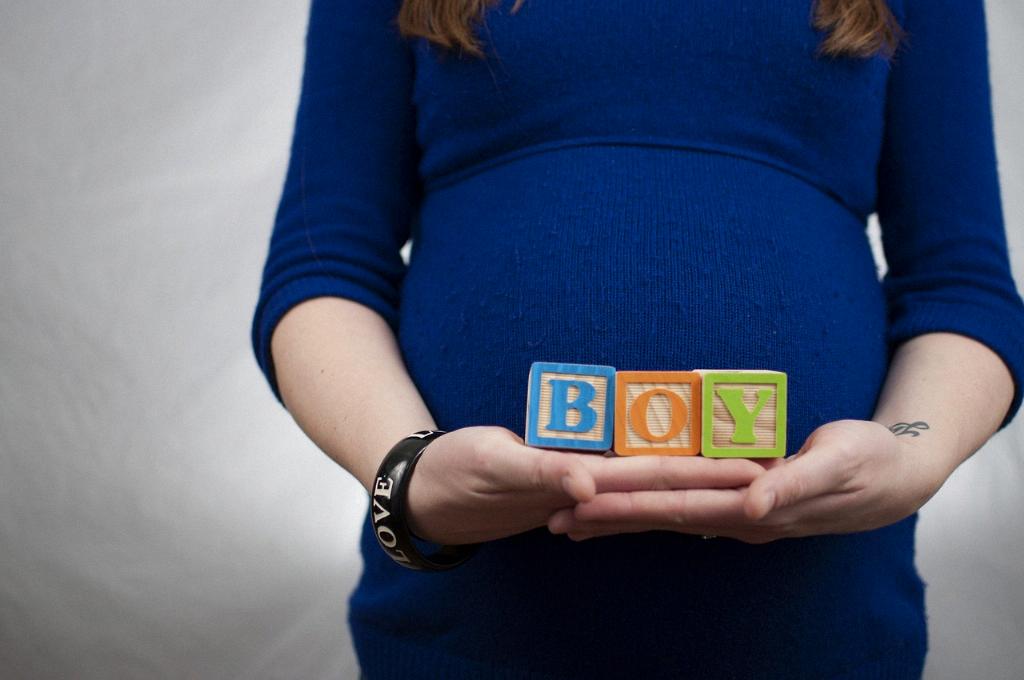During pregnancy, the position of your baby can influence the shape and size of your belly. When your baby engages and moves lower into the pelvis in the later stages of pregnancy, it can make your belly appear lower. This shift in position is known as lightening, and it can result in a lower belly profile.
A low pregnant belly may also be a sign that your baby is in the optimal position for birth. When the baby’s head is positioned down, facing your back, it can lead to a low belly appearance. This position, known as the occiput anterior position, is considered the best position for vaginal delivery.
Furthermore, a low pregnant belly may indicate that the baby has dropped or descended further into the pelvis. This descent can alleviate pressure on the diaphragm, making breathing easier for the mother. However, it might increase pressure on the bladder, leading to more frequent trips to the restroom.
Some pregnant individuals may notice a change in the shape of their belly when the baby moves lower. A lower belly can sometimes appear more oval or elongated as the baby positions itself in the pelvis. This change in shape is a natural part of the baby’s descent in preparation for birth.
It’s important to note that the timing of lightening can vary for each individual, with some experiencing it weeks before labor begins, while others may not notice it until the onset of labor. Therefore, a low pregnant belly can be a normal and expected occurrence as the body prepares for childbirth.
Another factor that can contribute to a low pregnant belly is the mother’s body structure. Some women naturally carry their pregnancy lower due to their pelvic shape or muscles. This can result in a lower belly appearance throughout the pregnancy, even without any significant changes in the baby’s position.
As the baby continues to grow and develop, the uterus expands to accommodate the growing fetus. This expansion can cause the belly to stretch and protrude outward, giving the appearance of a low pregnant belly. The size and shape of the belly can vary among pregnant individuals based on factors such as muscle tone and abdominal strength.
In some cases, a low pregnant belly may be accompanied by other symptoms such as back pain, pelvic pressure, and increased pelvic discomfort. These symptoms can often be attributed to the baby’s positioning and descent into the pelvis. Seeking guidance from a healthcare provider can help alleviate any concerns regarding the baby’s position and overall well-being.
It’s essential to listen to your body and be aware of any changes in your belly shape or size during pregnancy. While a low pregnant belly can be a normal part of the process, it’s essential to monitor any unusual symptoms or discomfort and discuss them with your healthcare provider. They can provide personalized guidance based on your specific situation.
Overall, a low pregnant belly can indicate various factors such as the baby’s descent, positioning, and the mother’s body structure. It is a natural part of the pregnancy journey and can vary for each individual. By staying informed and seeking support from healthcare professionals, you can navigate the changes in your belly during pregnancy with confidence and peace of mind.
Remember to embrace the journey of pregnancy, cherish the moments of change, and trust in your body’s innate ability to nurture and support the precious life growing within you. Each phase of pregnancy brings new experiences and challenges, shaping the unique path to motherhood that is yours to embrace fully and wholeheartedly.

